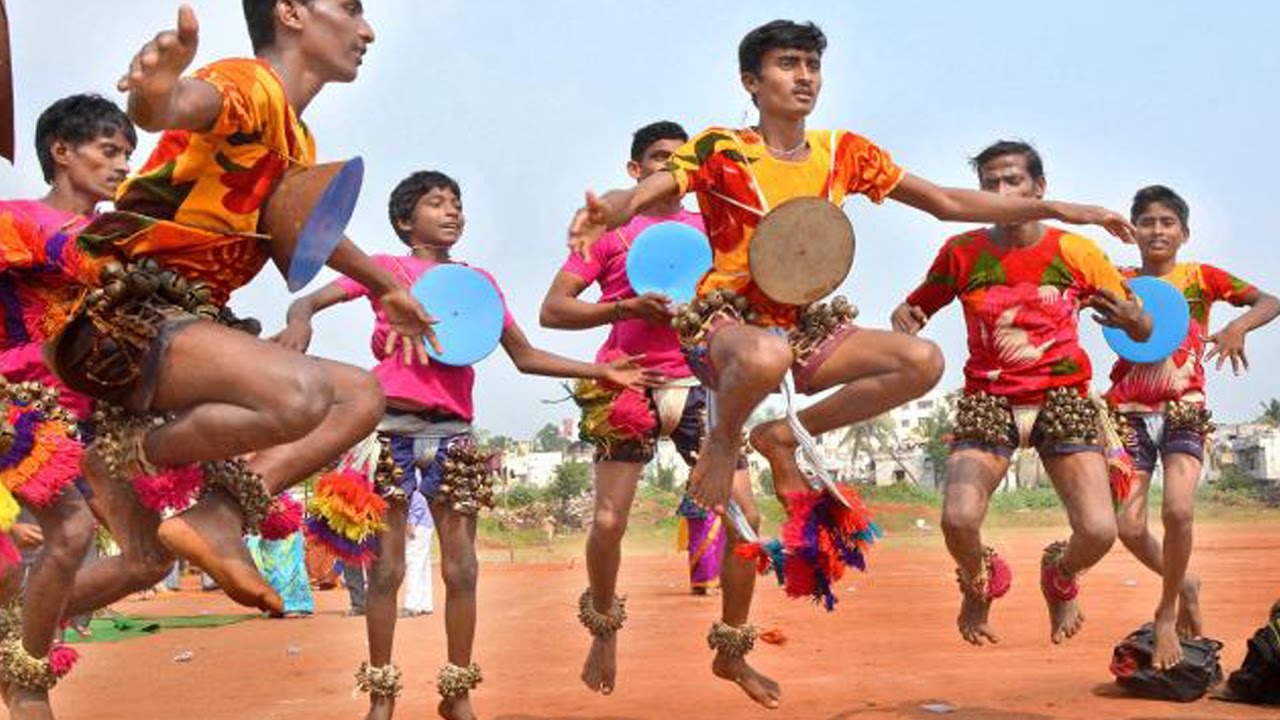

Musical instruments like drums and Cymbals are played along with the songs sung for the dances.


These dances are performed by the accompaniment of songs sung in chorus. The Buiya Dance and the Ponung Dance are performed by Digaru Mishmis and Adi tribes respectively.

Wancho Dance is one of them, which is performed by the tribe that calls itself Wancho. The dancers mask themselves representing different animals and act like fighting the evil forces. Kolattam is a stick dance also known as Kolannalu or Kolkolannalu usually performed during village festivals.Īji Lamu, Buiya, Pasi Kongki, Hiirii Khaniing, Ponung, Peacock dance, Wancho Dance, Bardo Chham.īardo Chham is the folk dance of the Sherdukpens community performed during festivals which are based on the story of good and evil. Lambadi dance is associated with daily tasks harvesting, planting, sowing, etc.ĭhimsa dance is a dance of young and old, men and women of Valmiki, Bagata, Khond, and Kotia tribes. Tappeta Gullu is a devotional dance performed during festivals. Dappu dancers at the front of any procession, whether it be for jataras, festivals, or marriages. Butta Bommalu is a type of dance where each dancer wears different maks over the head and shoulders.ĭappu is a type of drum beaten with sticks to create rhythm with ankle bells. Andhra Natyam had its history of 2000 years and was lost during the British era but was revived in the 20th century. Vilasini Natyam is the traditional dance of devadasis. Veeranatyam is an ancient dance form and had its religious significance. Kuchipudiis one of the eight major Indian classical dances of India. Kuchipudi (Classical), Vilasini Natyam, Andhra Natyam, Bhamakalpam, Veeranatyam, Dappu, Tappeta Gullu, Lambadi dance, Dhimsa, Kolattam, Butta Bommalu. Some of the folk dances according to their region are. Folk dance is accompanied by folk music and songs of their region and music instruments that are regional in character. While folk dances literally mean dance of people or common man’s dance which is an integral part of their life. Classical dances are various dance forms with unique facial expressions and mudrā, or hand gestures, to narrate the story and to demonstrate concepts such as particular objects, weather, aspects of nature, and emotions. There are basically two types of dances classical and folk dances. The heritage of dance in India is nearly 5000 years old. Folk dances are performed on every possible occasion like to celebrate the arrival of seasons, the birth of a child, a wedding, and festivals in their region. India being a diverse country is linked to different mythology and cultures in different parts. Indian folk and tribal dances are simple dances of a particular area which they perform to express their joy and happiness.


 0 kommentar(er)
0 kommentar(er)
